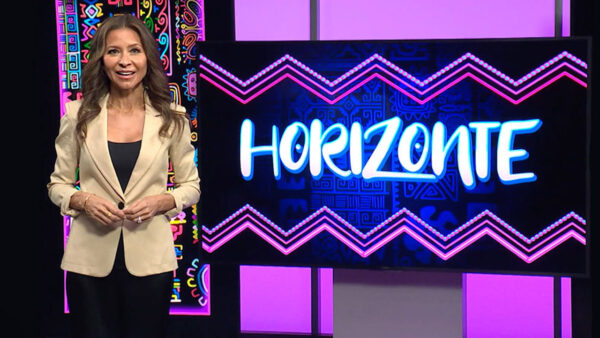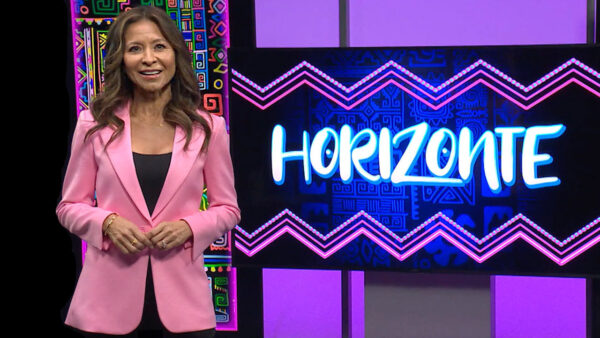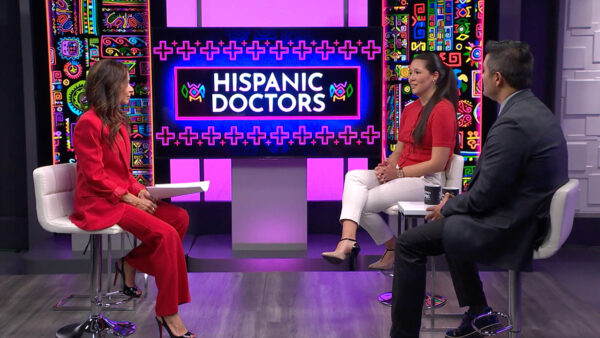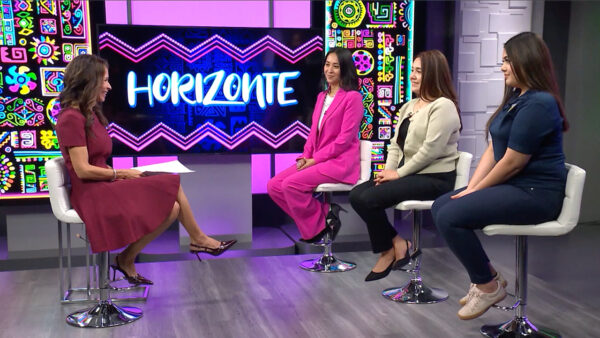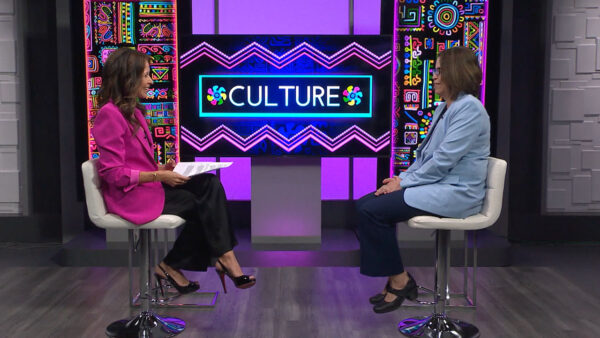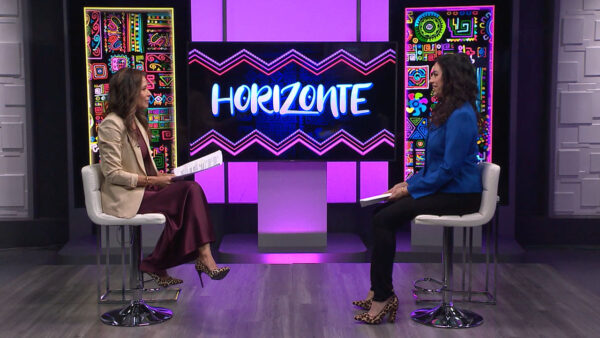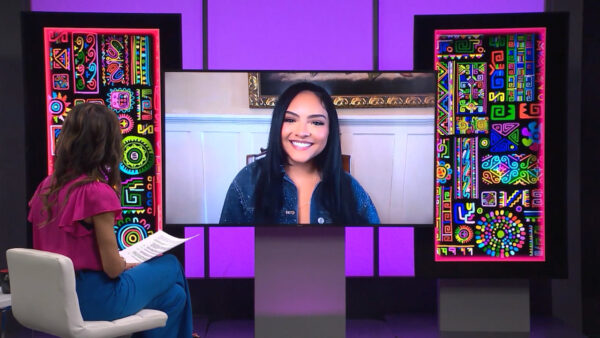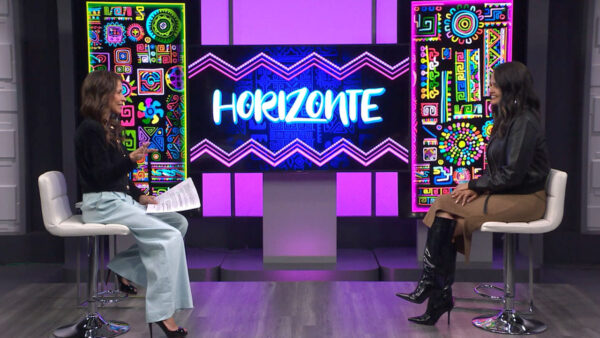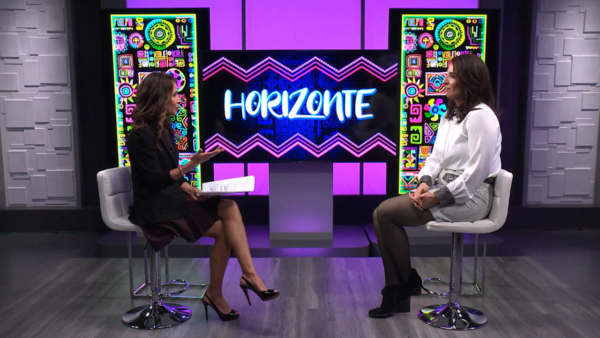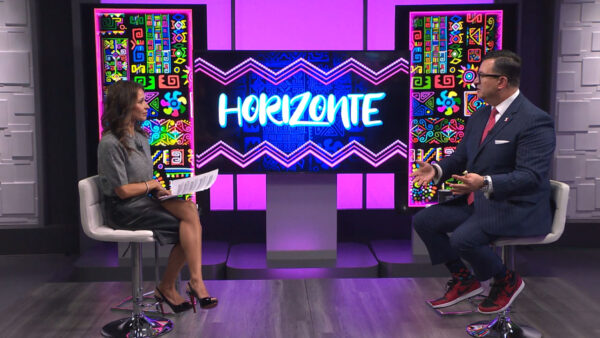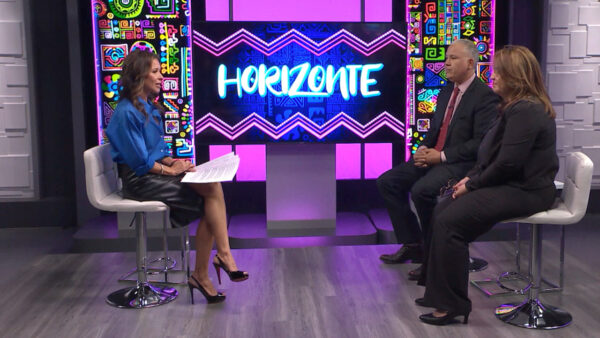The White House Initiative on Educational Excellence for Hispanics highlighted 230 programs across the country as Bright Spots for investing in key education priorities affecting the Hispanic community. Abriendo Puertas, a partner of the Helios Education Foundation, was one of the programs recognized. Learn more about Abriendo Puertas/Opening Doors, the nation’s first evidence-based comprehensive training program designed for Spanish-speaking parents with children ages 0-5 years old.
JOSE CARDENAS: Thanks for joining us, the White House initiative on educational excellence for Hispanics highlighted 230 programs across the country as bright spots for investing in key education priorities affecting the Hispanic community. Ten programs in Arizona were recognized as bright spots, five of which are partners of the Helios education foundation. Joining us to talk about Abriendo Puertas opening doors, one of the program's receiving national attention, is Veronica Pena, chicanos por la causa Abriendo Puertas statewide project coordinator. Welcome to Horizonte.
VERONICA PENA: Thank you.
JOSE CARDENAS: Tell us when it happened and what it's significance is.
VERONICA PENA: On September 15, just last month. We were recognized because there were a number of perhaps reaching specifically the Latino population. Enhancing parents' leadership and advocacy skills and looking to change the statistics, the graduation statistics for Latinos here in Arizona. And Abriendo Puertas does that nationally.
JOSE CARDENAS: We noted in the introduction that this is a partnership between Helios foundation and Chicanos Por La Causa CPLC. When did that begin and what's involved there?
VERONICA PENA: The program actually initiated in June of 2014. It was a two-year initiative. We scheduled our first training here in Phoenix with Chicanos Por La Causa migrant seasonal head start program, and we moved from there to Yuma. From Yuma, to Tucson. From Tucson, to Phoenix. Then to Flagstaff. Our goal was to train -- have a statewide trained implementers for Abriendo Puertas curriculum.
JOSE CARDENAS: What are you teaching the folks? You've been involved in various initiatives in your career, but this one is different. I think that you think more successful than others?
VERONICA PENA: Yes, it's unique in that it was written in Spanish initially, and parents participated in giving the feedback about the content and the, as well as the process. So, it's a popular education model, which means that the parent is not a participant, but is a teacher at the same time that they are learning. So what strengths the parents bring into the program are, what the curriculum uses to build.
JOSE CARDENAS: And is the curriculum for parents to use in developing the reading skills of their preschool children?
VERONICA PENA: Yes. The Abriendo Puertas curriculum is a ten-session program. The first couple of sessions, encourage parents to take ownership of their role as the child's first teacher. Their home is the most influential school. Basically, the goal is to walk parents through the development of process for children. What happens, how can they support their children in learning, probably the most important thing that Abriendo Puertas does is demystifies this process of how do you get your child from first grade through high school through college. Knowing that third grade is the marker of success for children move from learning how to read, to reading in order to learn. And so, we try to inform parents. We don't try to inform parents, we inform parents that reading begins very early in the child's life. As a matter of fact, we posed that question to the families. We say, when should you start teaching your child to read? We suggested it's while the child is still in the womb, you begin to, the process of teaching children to learn and to appreciate reading and learning.
JOSE CARDENAS: You teach them not only how to interact with their children, but as I understand it, also advocacy skills.
VERONICA PENA: Advocacy skills is a critical component of this. I have -- actually, I have taught the curriculum for many years. It does a really good job of foundationally introducing the concepts of child development. The last session, session 9, talks about the process in the U.S., specifically, about the Mendez family. The first civil rights effort that they made in 1946, in a school in California. So, then it takes them through how does that happen? what does it take for you to advocate for your child? What your rights are, and then exactly how you can do that. It demystifies the steps of knowing your rights, knowing how you can advocate for yourself. We had a specific success story that I thought was really great, with Chicanos Por La Causa. Specifically, we had a mom who shared with our evaluator her story, and she said that initially, she had no desire to participate in programs and start participating. She tried her skills out at the school, and then they had a storm, a major storm in Yuma, a rainstorm. She didn't ask anybody to go advocate for her, she went directly to the city to advocate for herself because now, she knew the steps and that she had a voice and that she could take the steps to get her needs met and her community's needs met.
JOSE CARDENAS: So evidence that works. Speaking of evidence, I read some of the materials, it describes this program as evidence-based. What does that mean?
VERONICA PENA: Evidence-based means that you actually have done some rigorous evaluation, and so it was evaluated using pre and post studies, both qualitative and quantitative data to determine whether parents were learning what they intended for parents to learn. Whether they were gaining knowledge. If that knowledge was informing the way that they thought, and then the way that they acted. The popular education model that this program is based on is actually set up to facilitate an action reflection practice. He's been the person given the credit for developing this, but what they did, that works really well, is that they broke it into several steps, four steps, where they give information. Parents hear a lot of information but don't know what it means, so you walk the parents through reflecting on the information, and then analyzing the information. Through that analysis, you gain awareness, and through that awareness, then, you are able to build actions that will specifically address the information you received. For example, if your son can't read this third grade, that's the information. You reflect on that information. What am I doing to make sure that my child can read. You move from there to, to analyzing the steps that you are taking, that awareness leads you to take different actions.
JOSE CARDENAS: There's a lot of information going both ways. And we had on the screen a website address for people to get more information. Thank you so much for going us on Horizonte.
VERONICA PENA: Thank you for having me.
Abriendo Puertas, Partner at the Helios Education Foundation








